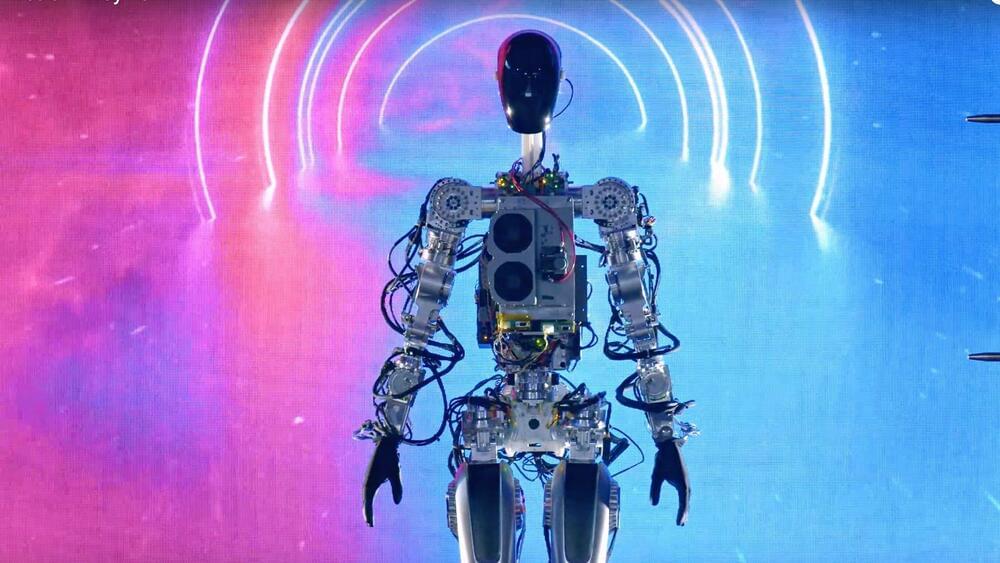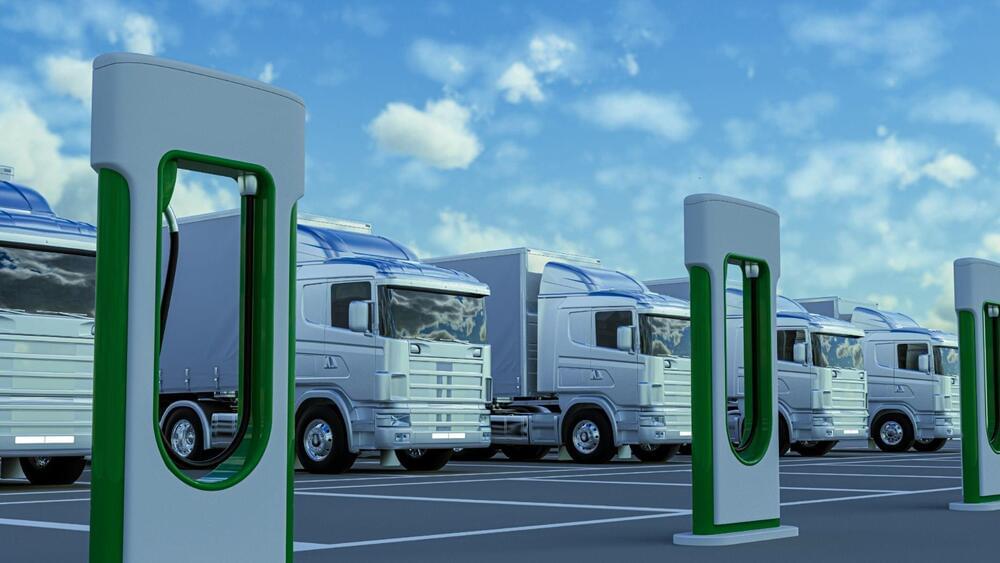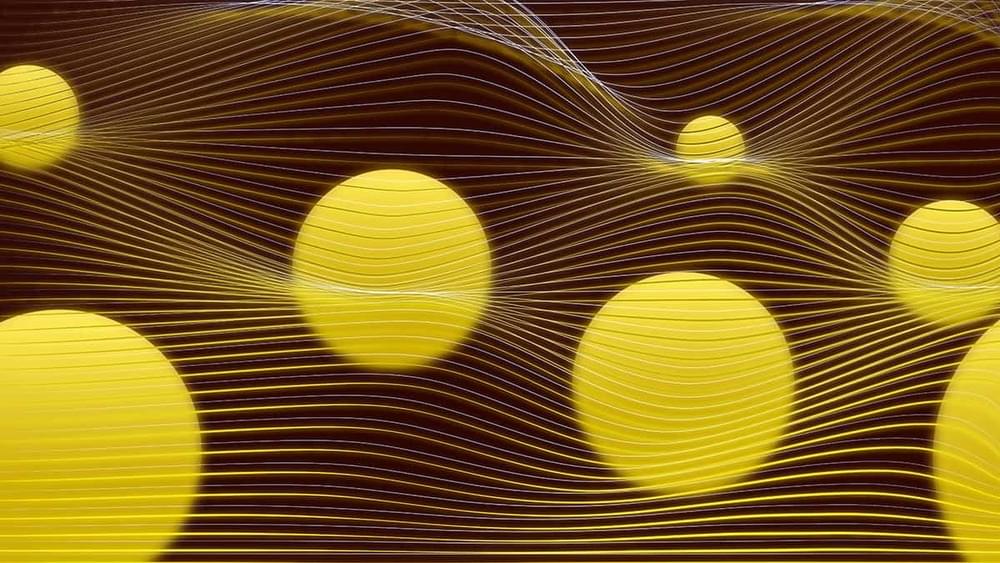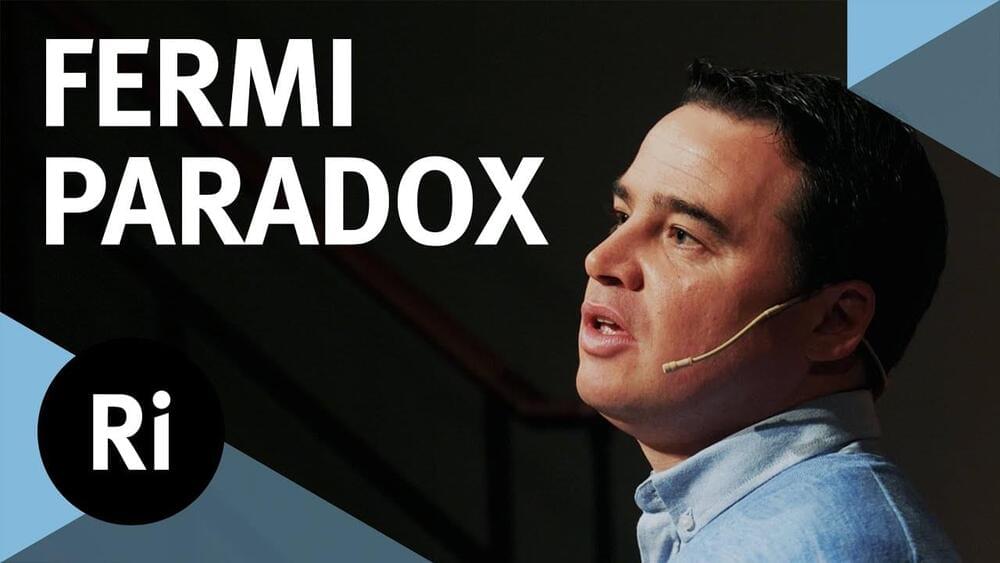The invention could enhance the speed of electronic devices and improve security screening technology.
Chinese scientists have conceived of a new method for generating laser-like light that could significantly enhance the communication speed of everyday electronics, according to a report by the South China Morning Post.
The new device that makes this light possible is known as a free-electron laser, and it has been developed by scientists from the Shanghai Institute of Optics and Fine Mechanics under the Chinese Academy of Sciences.
The technology is not entirely new.
The new technology could easily find ready applications for improved security screening by making more efficient body-scanning machines or in the development of more advanced electronics such as smartphones.









